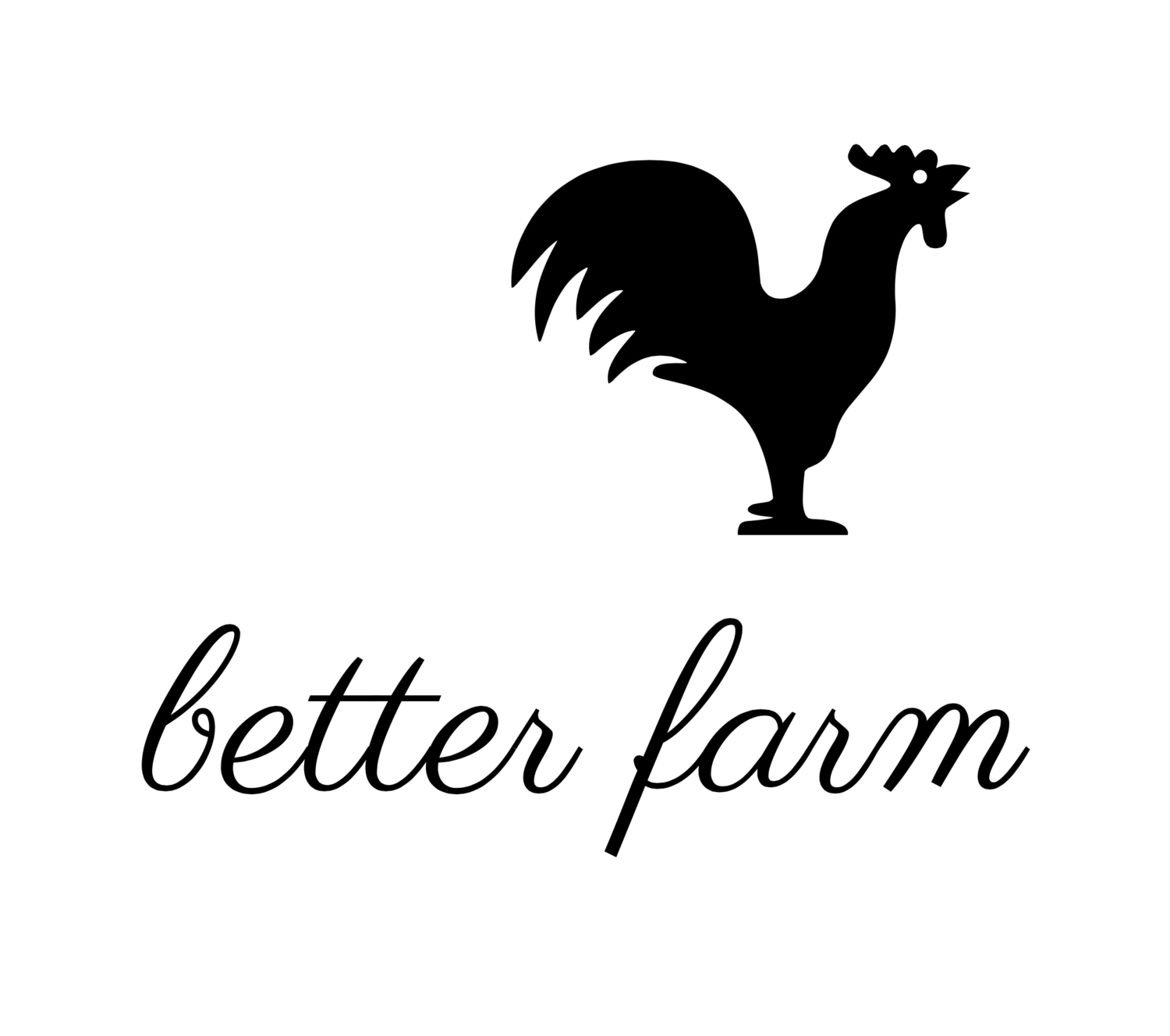Intern Files: Week six
/ By Joe Pintaudi
By Joe PintaudiIt's warmed up in the last few days. Actually, it has been quite hot.
I realize it is not as hot as Phoenix, but with the humidity I think this heat may be worse. I find solace in that, according to the locals, the heat is above normal and usually there are only a few days during the summer during which it is this uncomfortable.
After a good holiday weekend, things have gotten back to normal around Better Farm. The garden continues to grow, and we've been able to harvest and eat some of the produce. It is a rewarding feeling to know that you are consuming something that your hands helped create.
We have started to notice that there are little black and red bugs that we think are eating some of our plants. Although we have not lost any plants to this, I would like to find a natural way to keep these guys from continuing to eat what we hope to eat or sell in the near future.
I do not really know how governments can help or hinder the sustainable cause. I suppose in some countries (mainly Europe) the issue has been at the forefront of development. This does not seem to be the case in the United States. It seems like things have gained a bit of momentum in the last 10 years; but where there is a great amount of talk, there seems to be very little action. Privately it can be helpful to people looking to receive subsidies for alternative energy systems—but that is only helpful to those who can afford to cover the remainder of the cost. What about the rest of the population, still relying mainly of fossil fuels to meet energy demands?
Sometimes doing the right thing gets lost in political deals and public opinions. Because of constant power shifts, I think the government will be slow to act on providing people with answers and solutions in this area. I think the people will slowly have to realize that they have the power to change things and it will begin on a small scale without significant help from the powers that be.
Originally published at Joe's Blog.
















































